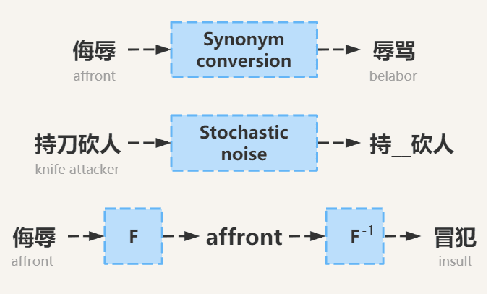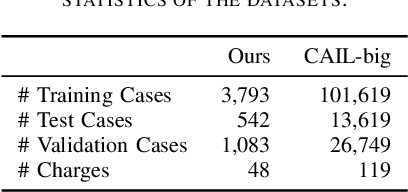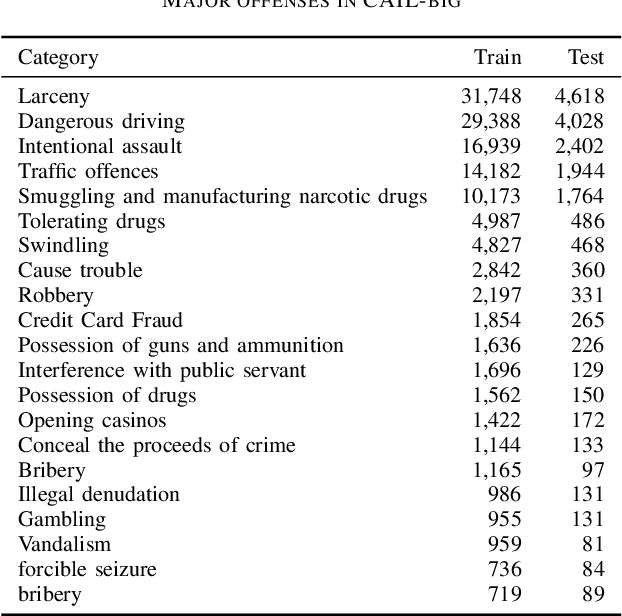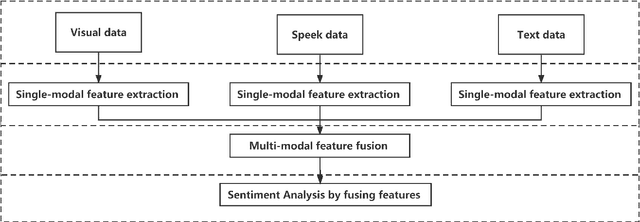Haoxuan Xu
Identity-aware Feature Decoupling Learning for Clothing-change Person Re-identification
Jan 10, 2025Abstract:Clothing-change person re-identification (CC Re-ID) has attracted increasing attention in recent years due to its application prospect. Most existing works struggle to adequately extract the ID-related information from the original RGB images. In this paper, we propose an Identity-aware Feature Decoupling (IFD) learning framework to mine identity-related features. Particularly, IFD exploits a dual stream architecture that consists of a main stream and an attention stream. The attention stream takes the clothing-masked images as inputs and derives the identity attention weights for effectively transferring the spatial knowledge to the main stream and highlighting the regions with abundant identity-related information. To eliminate the semantic gap between the inputs of two streams, we propose a clothing bias diminishing module specific to the main stream to regularize the features of clothing-relevant regions. Extensive experimental results demonstrate that our framework outperforms other baseline models on several widely-used CC Re-ID datasets.
Classifying Crime Types using Judgment Documents from Social Media
Jun 29, 2023



Abstract:The task of determining crime types based on criminal behavior facts has become a very important and meaningful task in social science. But the problem facing the field now is that the data samples themselves are unevenly distributed, due to the nature of the crime itself. At the same time, data sets in the judicial field are less publicly available, and it is not practical to produce large data sets for direct training. This article proposes a new training model to solve this problem through NLP processing methods. We first propose a Crime Fact Data Preprocessing Module (CFDPM), which can balance the defects of uneven data set distribution by generating new samples. Then we use a large open source dataset (CAIL-big) as our pretraining dataset and a small dataset collected by ourselves for Fine-tuning, giving it good generalization ability to unfamiliar small datasets. At the same time, we use the improved Bert model with dynamic masking to improve the model. Experiments show that the proposed method achieves state-of-the-art results on the present dataset. At the same time, the effectiveness of module CFDPM is proved by experiments. This article provides a valuable methodology contribution for classifying social science texts such as criminal behaviors. Extensive experiments on public benchmarks show that the proposed method achieves new state-of-the-art results.
Cross-Domain Car Detection Model with Integrated Convolutional Block Attention Mechanism
Jun 11, 2023



Abstract:Car detection, particularly through camera vision, has become a major focus in the field of computer vision and has gained widespread adoption. While current car detection systems are capable of good detection, reliable detection can still be challenging due to factors such as proximity between the car, light intensity, and environmental visibility. To address these issues, we propose cross-domain Car Detection Model with integrated convolutional block Attention mechanism(CDMA) that we apply to car recognition for autonomous driving and other areas. CDMA includes several novelties: 1)Building a complete cross-domain target detection framework. 2)Developing an unpaired target domain picture generation module with an integrated convolutional attention mechanism which specifically emphasizes the car headlights feature. 3)Adopting Generalized Intersection over Union (GIOU) as the loss function of the target detection framework. 4)Designing an object detection model integrated with two-headed Convolutional Block Attention Module(CBAM). 5)Utilizing an effective data enhancement method. To evaluate the model's effectiveness, we performed a reduced will resolution process on the data in the SSLAD dataset and used it as the benchmark dataset for our task. Experimental results show that the performance of the cross-domain car target detection model improves by 40% over the model without our framework, and our improvements have a significant impact on cross-domain car recognition.
Multimodal Sentiment Analysis: A Survey
May 12, 2023



Abstract:Multimodal sentiment analysis has become an important research area in the field of artificial intelligence. With the latest advances in deep learning, this technology has reached new heights. It has great potential for both application and research, making it a popular research topic. This review provides an overview of the definition, background, and development of multimodal sentiment analysis. It also covers recent datasets and advanced models, emphasizing the challenges and future prospects of this technology. Finally, it looks ahead to future research directions. It should be noted that this review provides constructive suggestions for promising research directions and building better performing multimodal sentiment analysis models, which can help researchers in this field.
 Add to Chrome
Add to Chrome Add to Firefox
Add to Firefox Add to Edge
Add to Edge